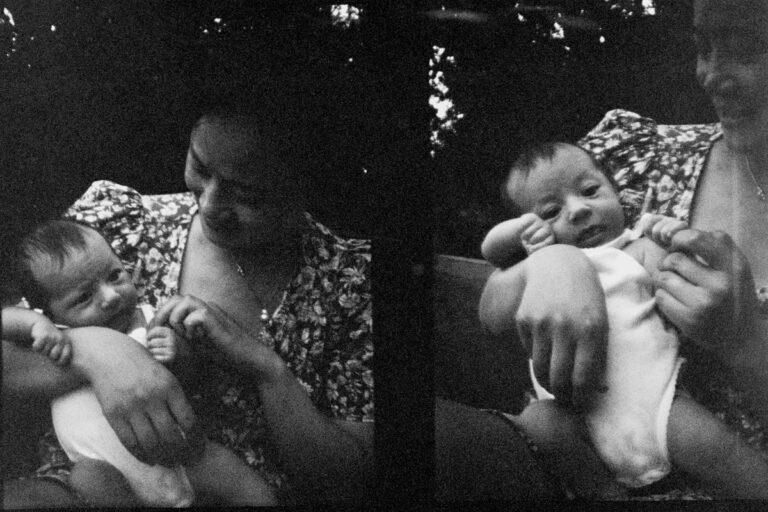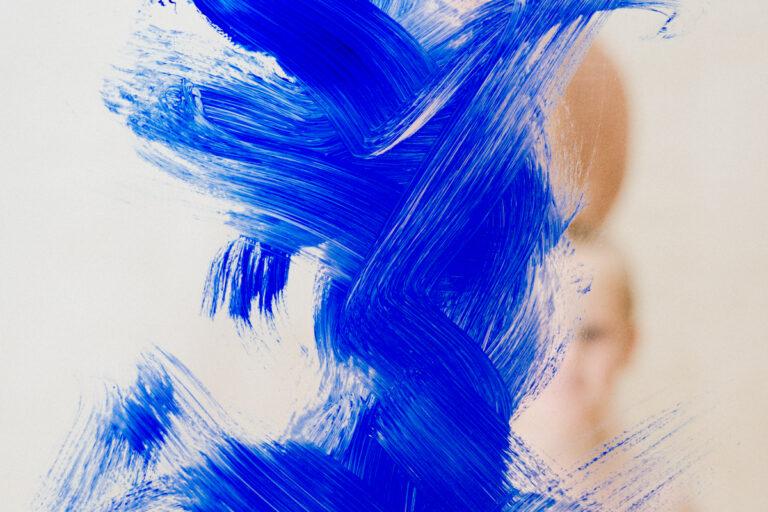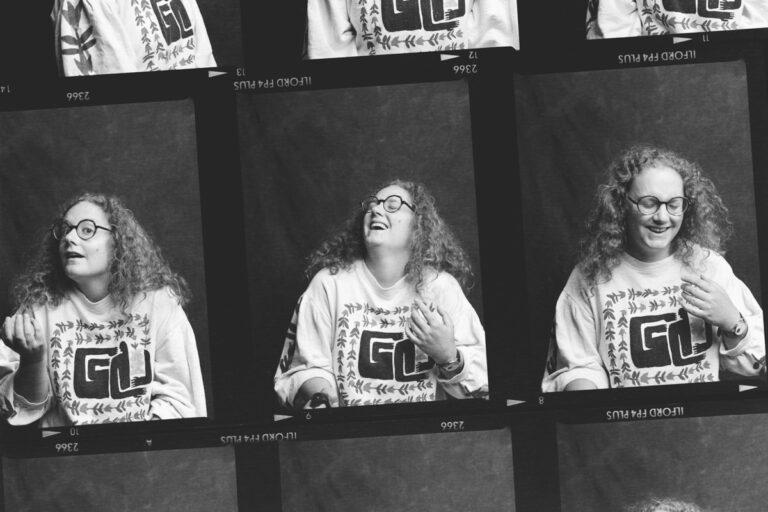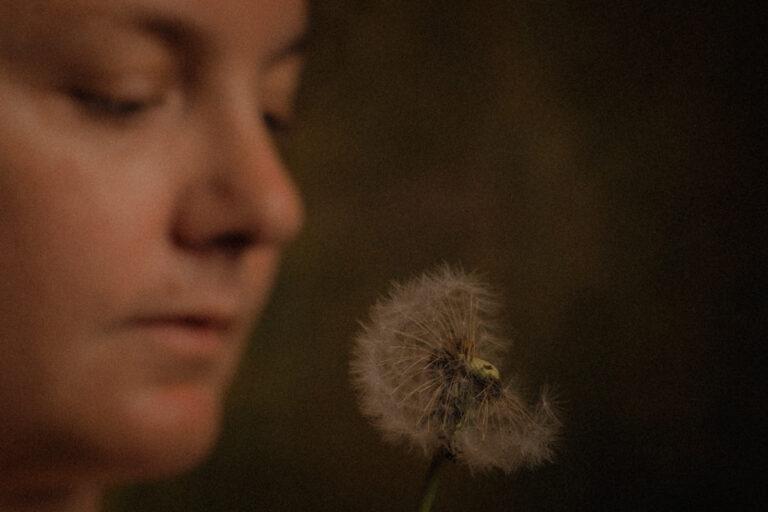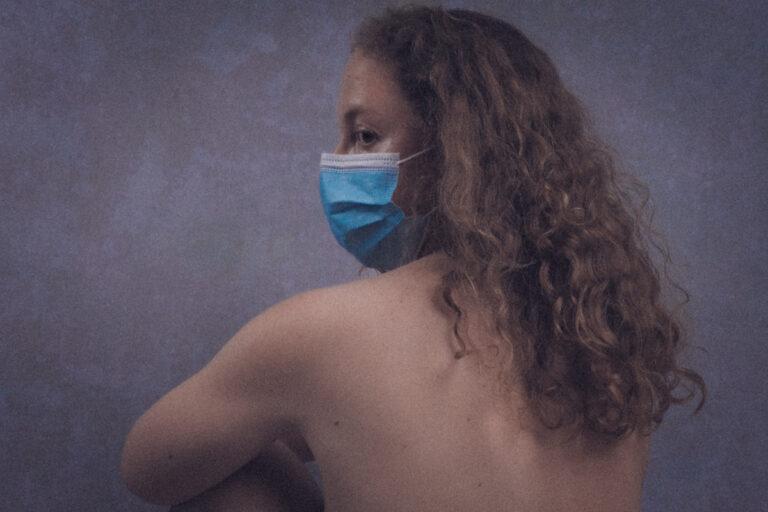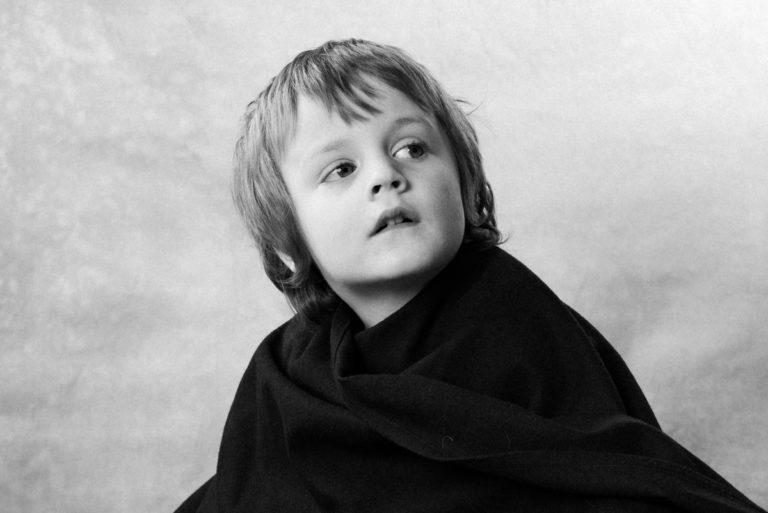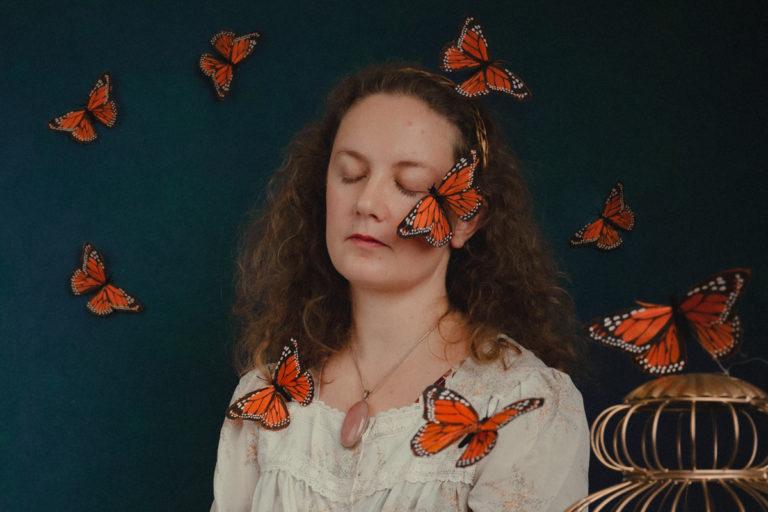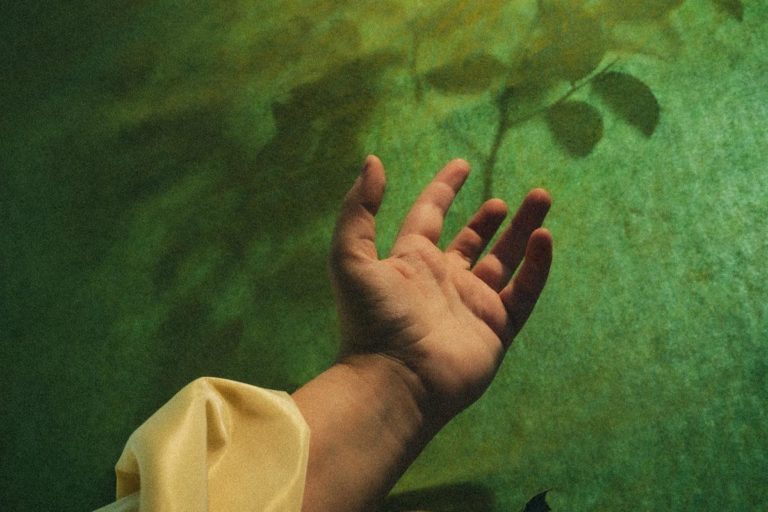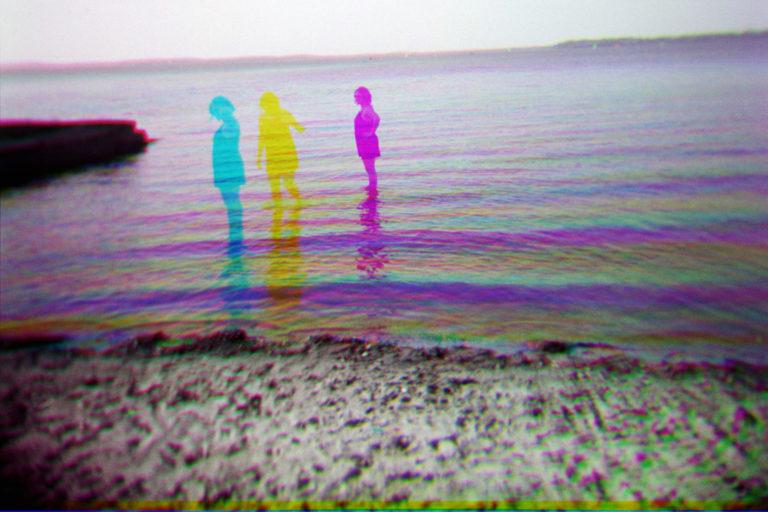Flavia Fontana Giusti © 2025
All materials published on this website are the exclusive property of Flavia Fontana Giusti and may not be used or reproduced in any way without express authorization.
As the sole owner of this webspace and its contents, I do not consent to any of it to be mined, or used to train, or prompt artificial intelligence technologies.

